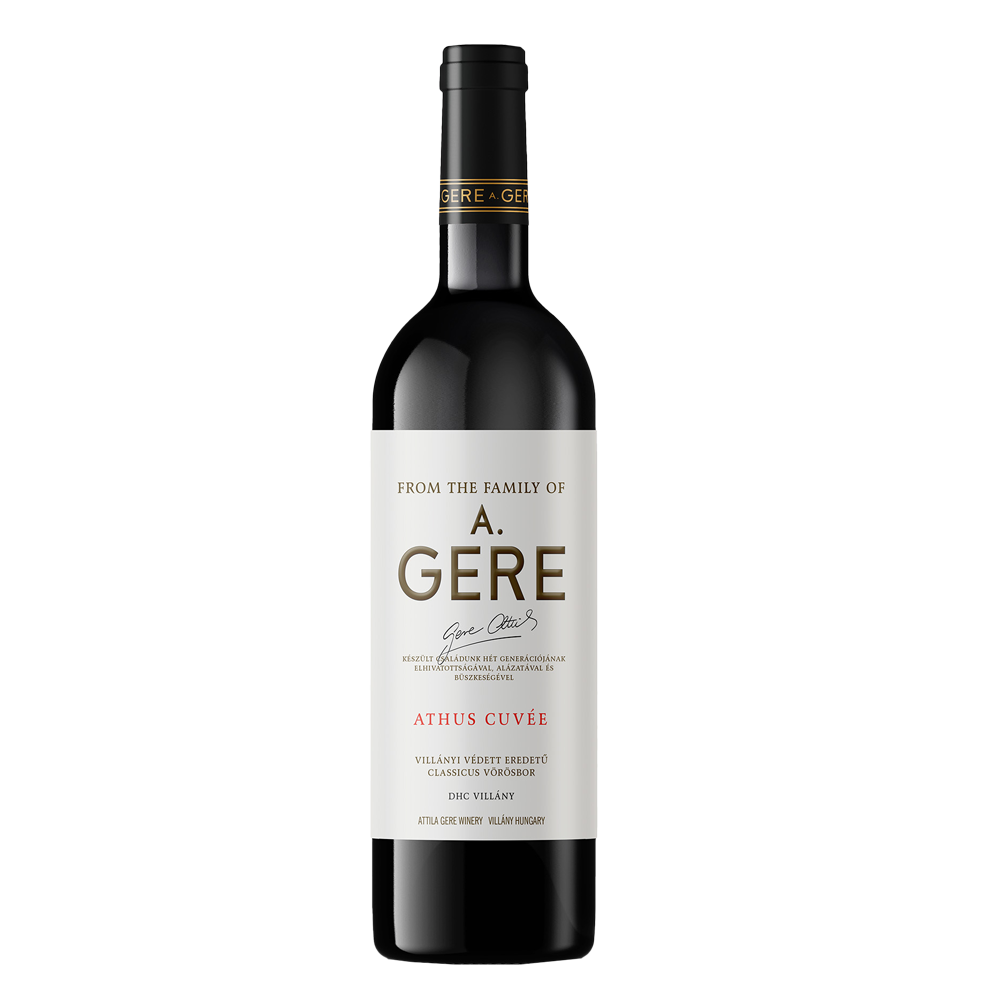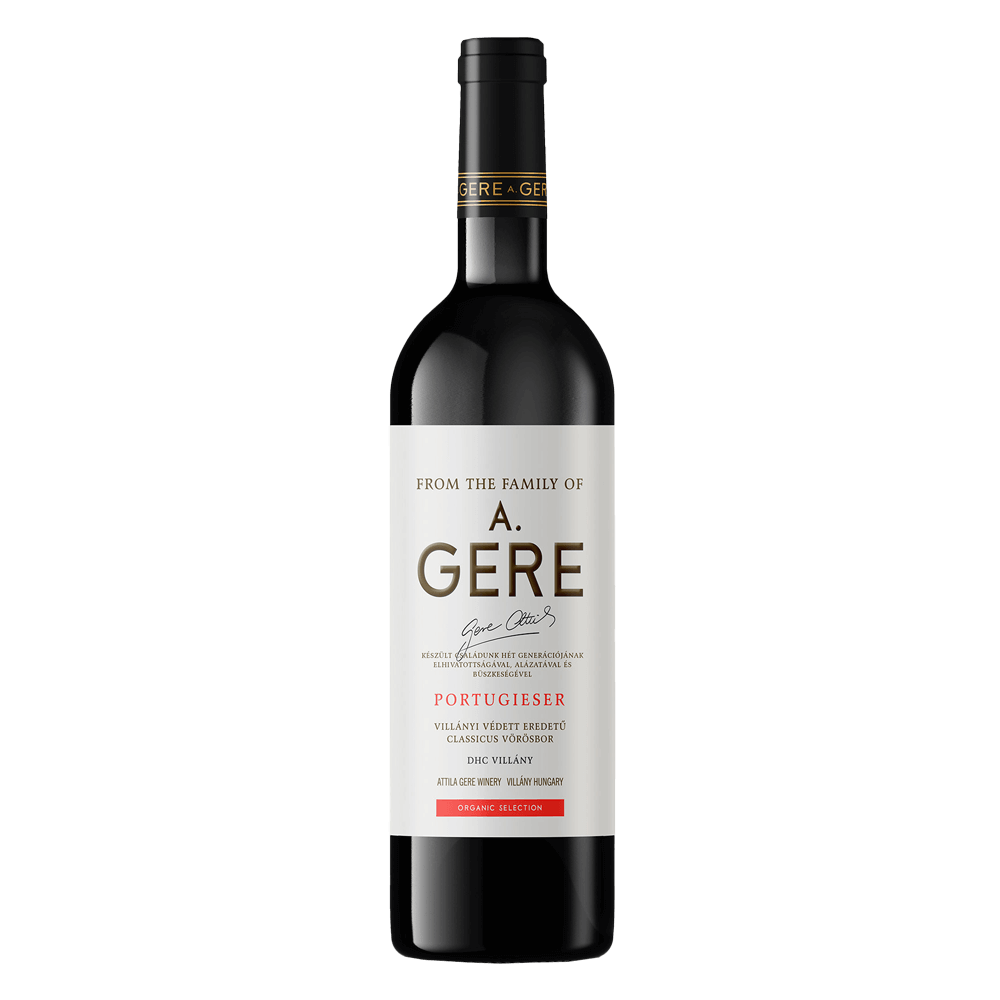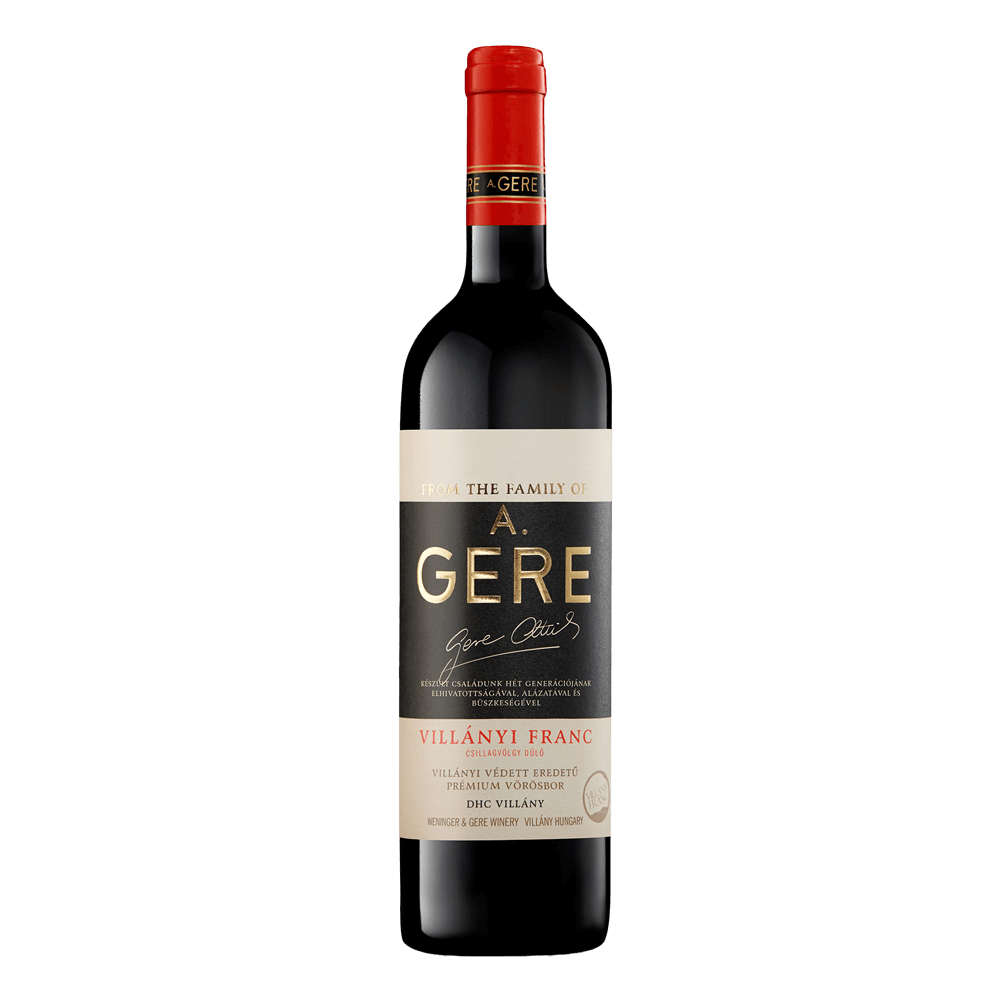Region
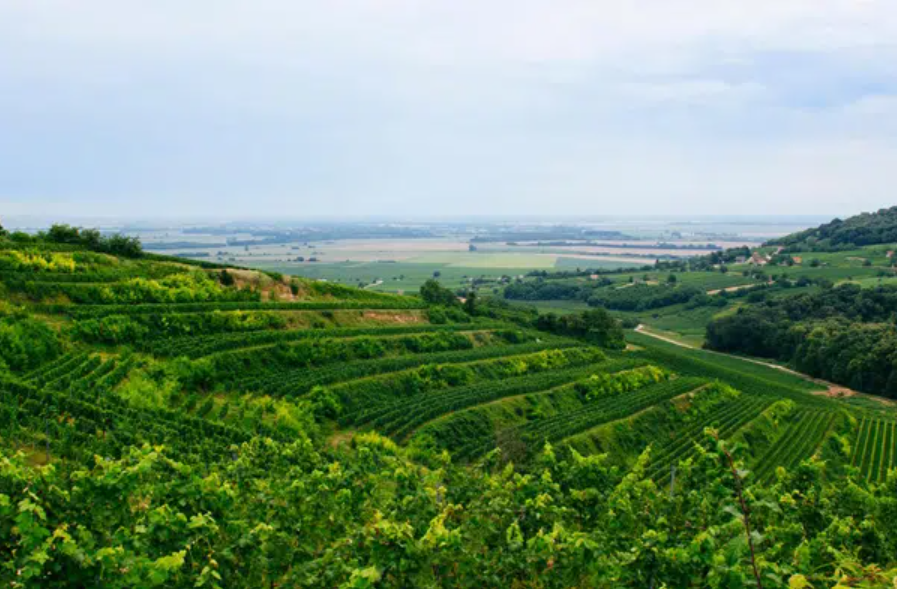
Situated in the southernmost tip of Hungary the origins of viticulture in this wine region go back to Roman times. The immigration of German speaking Swabians to the region in the 18th century has brought significant changes and development both in viticulture and winemaking. This is the time when the famed rows of cellars were built in Villány. Following the Phylloxera blight the breeding programs of Count Zsigmond Teleki represent an important milestone in the history of Villány, the scheme has brought international recognition for the whole region. The production of family farms based on centuries long tradition was organized and distributed by merchants, negociants making sure that the wines of Villány would reach far away trading posts. From the early 1990s, following the fall of communism family businesses were reestablished. Villány smallholders, including Attila Gere, joined forces and thanks to their efforts to revive old traditions the quality of their bottlings put Villány on level with the best in the world. Today there are cca. 2500 hectares of vineyards in the hills surrounding Villány and Siklós. In and around Villány you will find more black grapes, while in the Siklós area there are more white grapes grown, but overall the wine regions is best known for its red wines. The region’s undisputed star is the Villányi Franc. Though Cabernet Franc is grown all over the world it is mostly used as a blending partner, however bottled as a single variety it reaches its pinnacle in Villány. The unique terroir, the climate and the winemaking traditions give a distinct quality to the wines made from this variety and this is why the premium and super premium quality level Cabernet Francs of Villány are called Villányi Franc. Typically these wines are elegant, complex, rich, powerful, dynamic, spicy and well-structured with zesty acidity, velvety tannins and a great balance.
Climate & Soils
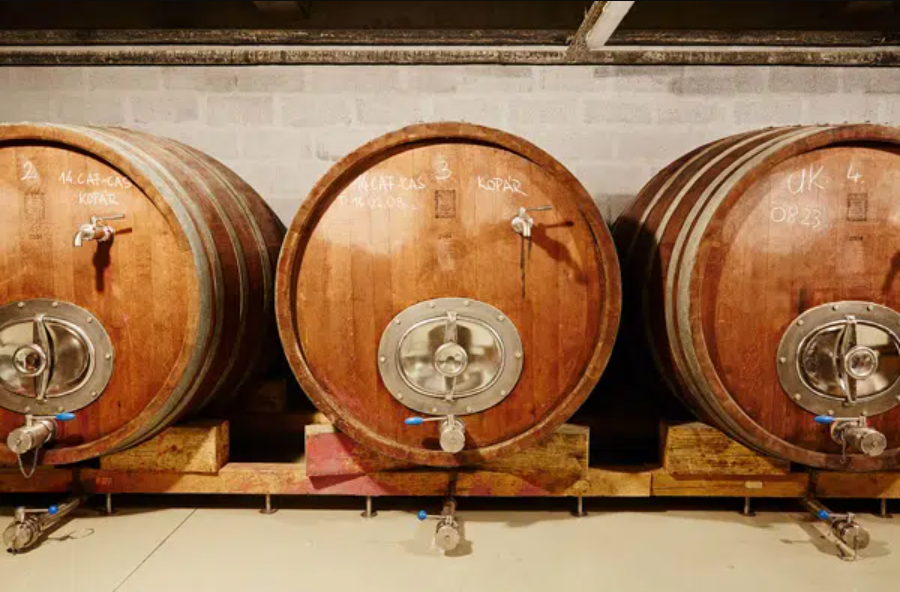
The wine region’s climate is continental, with some submediterranean influence. In terms of annual average temperature and sunshine hours it boasts the highest figures among all Hungarian wine regions, the warm and dry weather translates into relatively long vegetation period. The slopes are usually protected from several directions and the heat retained is further enhanced by the warm air coming in from the Mediterranean thus creating a rather unique submediterranean microclimate. The soil is mainly loess and red clay on a limestone bedding. In some plots loess is mixed with Triassic dolomites, limestone and Jurassic limestone. One of the pecularities of the region is the presence of geothermal heat. On average soil temperature increases by 1 Celsius degree every 33 meters towards the Earth’s core, however in Villány you get 1 Celsius degree rise at every 10-12 meters. The whole region is rich in thermal springs and rills.
Wine
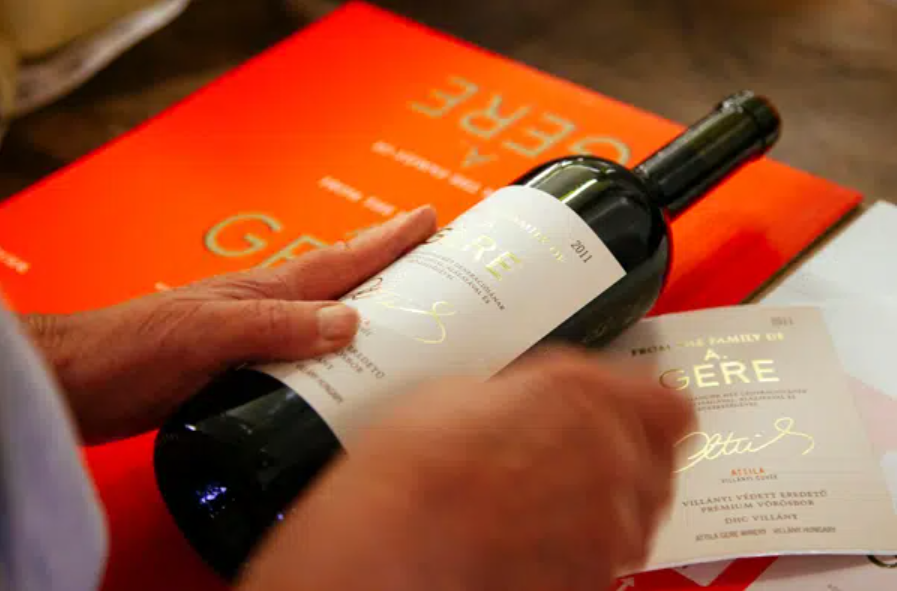
The perfectly ripe, hand selected grapes coming from organic vineyards are taken to a cellar equipped with state of the art technology. Fermentation takes place either in temperature controlled steel tanks or wooden vats. Following the gentle extraction the wines are racked into traditional, top quality Hungarian oak barrels and after bottling their ageing continues in bottles. This is what makes Kopar, Solus and Attila unique, complex and elegant, and this why they can stand up to the best wines of the world.













